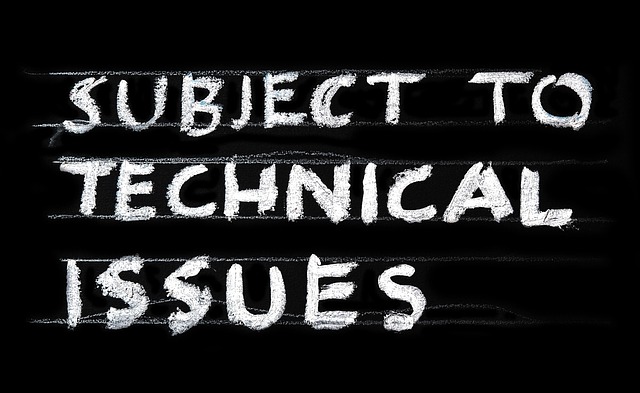The challenge of climate change is one that weighs heavily on the hearts and minds of individuals and communities across the globe. As we face rising temperatures, shifting weather patterns, and a more unpredictable environment, the call for action has never been more urgent. Yet, amid the daunting statistics and dire news reports, there lies a powerful beacon of hope: creativity.
Creativity serves as a vital tool in our arsenal against climate change. It allows us to think outside the confines of traditional approaches and envision new solutions to restore our planet. Artists, designers, scientists, and everyday individuals harness their creative impulses to build awareness, inspire action, and spark conversations around environmental issues. Through innovative ideas and groundbreaking projects, creativity fuels change and offers fresh perspectives on sustainability, conservation, and resilience.
For instance, environmental art installations have gained popularity in recent years. Artists are using their skills to create stunning visual displays that capture the beauty of nature while simultaneously highlighting its fragility. These artworks are often strategically placed in urban spaces, prompting passersby to reflect on the effects of climate change and our role in it. By evoking a sense of urgency and connection, these installations encourage individuals to think critically about their own impact on the environment.
Moreover, creativity inspires technology-driven solutions that address climate-related challenges. From innovative renewable energy systems to sustainable architectural designs, the merging of art and science can lead to breakthroughs that help mitigate the effects of climate change. Engineers and architects are reimagining how buildings can be constructed with eco-friendly materials and powered by renewable energy sources, all while maintaining aesthetic appeal.
School programs worldwide are embracing this concept by integrating arts education with environmental studies, fostering a generation of thinkers who see creativity as a means to contribute positively to the planet. Students are encouraged to collaborate on projects that emphasize sustainability, such as creating eco-conscious campaigns or designing green spaces in their communities. By nurturing this creative spirit, we empower young people to become stewards of the environment and instill in them a sense of responsibility for future generations.
In addition, social movements and community organizations are harnessing the power of storytelling to galvanize public engagement. Through powerful narratives shared across various media platforms, communities rally together and demand change from policymakers. Creativity in storytelling builds emotional connections, making the fight against climate change a personal and relatable narrative rather than just abstract statistics. This emotional engagement can be a powerful catalyst for action, encouraging people to step outside their comfort zones and participate in initiatives that promote environmental stewardship.
Climate change is an issue that transcends borders, and as we confront this global challenge, creativity will continue to play a critical role in how we adapt, mitigate, and transform our relationship with the environment. By fostering a culture of innovation and artistic expression, we not only embrace a diverse array of solutions but also cultivate a deeper understanding of the interconnectedness of life on Earth.
In this era of warming, let us celebrate the power of creativity as not just a means of expression but as a catalyst for meaningful change. Together, through imagination and ingenuity, we can confront the realities of climate change and forge a sustainable future that thrives on collaboration, inspiration, and unity.




